This article was written by Lorne Currier, GMC Field Assistant.
As we celebrate 50 years of the Green Mountain Club caretaker program, it’s worth recognizing the amount of effort required to keep the Long Trail System tidy. Same as the bathroom or kitchen sink in a residential home must be cleaned regularly, the Long Trail System, home to an ephemeral population of 250,000 people, accumulates grime and clutter. The shelters, privies, trailheads, vistas and watering holes of the Long Trail are where folks unpack their bags, take off their shoes and relax in Vermont’s mountains. Inevitably, a sock may be forgotten or micro-trash from a candy bar wrapper is dropped. For the GMC, while we’d prefer less of it, picking up this clutter is par for the course. Caretakers possess an inherent positivity and are often found joyfully scouring a site for errant micro-trash. This turns into an educational opportunity when a new backpacker or group of scouts views the clean-up effort, engages with the caretaker, and learns new methods and practices to reduce garbage in the backcountry.
Regrettably, not every tidying is so simple and resolvable. Certain offenses have taken place repeatedly on the Long Trail System, causing harm to the natural environment, altering the experience of other hikers, and hindering the role of GMC staff and volunteers. In some cases, removing these offenses takes significant time and money, reducing the GMC’s capacity to make worthwhile improvements to the Long Trail. Other offenses seriously impact the daily duties of staff and volunteers, causing unnecessary headaches and difficulties in the management of the Long Trail System. Please, for the betterment of the trail experience and all that enjoy it, follow Leave No Trace Outdoor Ethics and educate others to do the same.
Caretakers Stir Privy Trash For 6 Weeks. Then They Carry It Out.
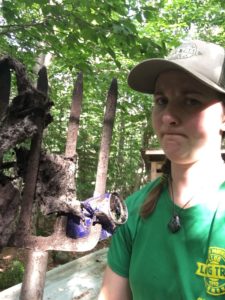
The GMC manages approximately 73 backcountry privies, most of which operate as moldering and batch-bin composters. Molderers and batch-bin composters require regular, intensive maintenance by caretakers. Batch-bin composters are similar to backyard garden composting, requiring regular stirring over a period of 6 weeks, at the end of which the human waste and harmful pathogens within it are neutralized and the material resembles fresh soil. In moldering privies, the process occurs at lower temperatures over a span of 3 to 5 years. At the final stages of both moldering and composting privies, the waste has turned into soil and is dispersed into the woods. (For more information on privies, read this blog post: A Privy is a Privy, or is it?)
To be clear, these processes require intensive handling of raw sewage. When human trash such as wet wipes, clothing, food, tampons, pads, plastic wrappers, or dog poop bags are dropped into the privy, they become extremely contaminated. That trash must go through the entire composting process. Every five days for six weeks, caretakers stir the human waste and trash together, continuously poking wet wipes with pitchfork tines. As GMC’s Coolidge Range Ridgerunner Amanda Blanchard says, “This is the worst part. Even after you remove the wet wipes from your pitchfork, they continue to break down. At the end of the compost cycle, I’m left with a big pile of shredded wet wipes.” Trash doesn’t compost, meaning at the end of the process caretakers are left with a beautiful mound of composted material riddled with trash which must be carried out of the woods for proper disposal.
So please, follow the third principle of Leave No Trace Outdoor Ethics and “Dispose of Waste Properly.” Trash in the privies doesn’t simply disappear, and it makes a caretaker’s smelly and foul task even more challenging.
Graffiti on Rocks
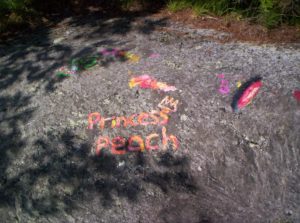 While artwork, initials, or statues may be appropriate for a museum or living room, please do not paint, carve, or erect any such feature on rocks, shelters, privies, or trees along the Long Trail. The GMC believes the natural features of the Long Trail are beautiful as they are in their natural state and should stay that way, excluding an occasional 2” x 6” white blaze to mark the footpath.
While artwork, initials, or statues may be appropriate for a museum or living room, please do not paint, carve, or erect any such feature on rocks, shelters, privies, or trees along the Long Trail. The GMC believes the natural features of the Long Trail are beautiful as they are in their natural state and should stay that way, excluding an occasional 2” x 6” white blaze to mark the footpath.
When the GMC learns of defacement of natural features we do our best to remove the offense and return the feature to its original state. In the case of the “Princess Peach,” GMC staff spent 6 hours scrubbing and removing this vandalism from the rock. This used up valuable staff time and money which would have been better spent improving the Long Trail. Please follow “Leave What You Find,” the fourth principle of Leave No Trace Outdoor Ethics and do not alter natural features, instead leaving them in their pristine state for others to enjoy.
The Cost of Eating Foods in the Woods
Exceptional views may be found on the Long Trail during periods of clear weather. Hikers enjoy these as welcome rest breaks, often extracting water and snacks from the depths of their pack. Occasionally, if the evidence is there, it’s even possible to surmise what snacks these hikers were eating. Pistachio shells, hard-boiled eggshells, and orange peels all rank at the top of the list for refuse found at viewpoints.
Leaving behind food refuse at viewpoints, trail intersections, or other gathering areas is not appropriate on the Long Trail System. While humans may not find nourishment in orange peels or hard-boiled eggshells, certain wildlife do, and by leaving those scraps an unnatural food source is introduced to wildlife. Wildlife may become dependent on that food source, pulling them away from mandatory daily tasks such as caring for young or finding a mate.
The saying “trash invites more trash” definitely applies here. If one hiker sees pistachio shells between the rocks they may think it’s acceptable and leave their own as well, creating an unruly positive-feedback loop of food scraps. Refuse at viewpoints also affects individual backcountry experiences, immediately introducing an element of human occupation in an otherwise naturally-derived area.
For these reasons and more, please align with “Dispose of Waste Properly,” the third principle of Leave No Trace Outdoor Ethics. Here are a couple of tips and tricks to make backcountry waste disposal easier:
- Prepare your food and snacks at home before leaving for your hike. Peel your oranges and pistachios at home, re-package meals to minimize packaging waste, and remove the excess plastic tabs from re-sealable bags.
- Carry an easily accessible refuse container to deposit trash into. Securing a wide-mouth drink bottle to a pack’s shoulder strap is a good solution. Or, line a hip-belt pocket with a sandwich baggie.
- Be a good steward and pick up trash that might not be yours. Other hikers will see you picking up trash and become more mindful of the issue.
Following Leave No Trace principles results in a healthier Long Trail System for all the hikers, plants, and animals that make the Vermont mountains their home. To volunteer for the Green Mountain Club as a Leave No Trace Educator, Trail Maintainer, or Shelter Adopter, visit Green Mountain Club Volunteer Opportunities.



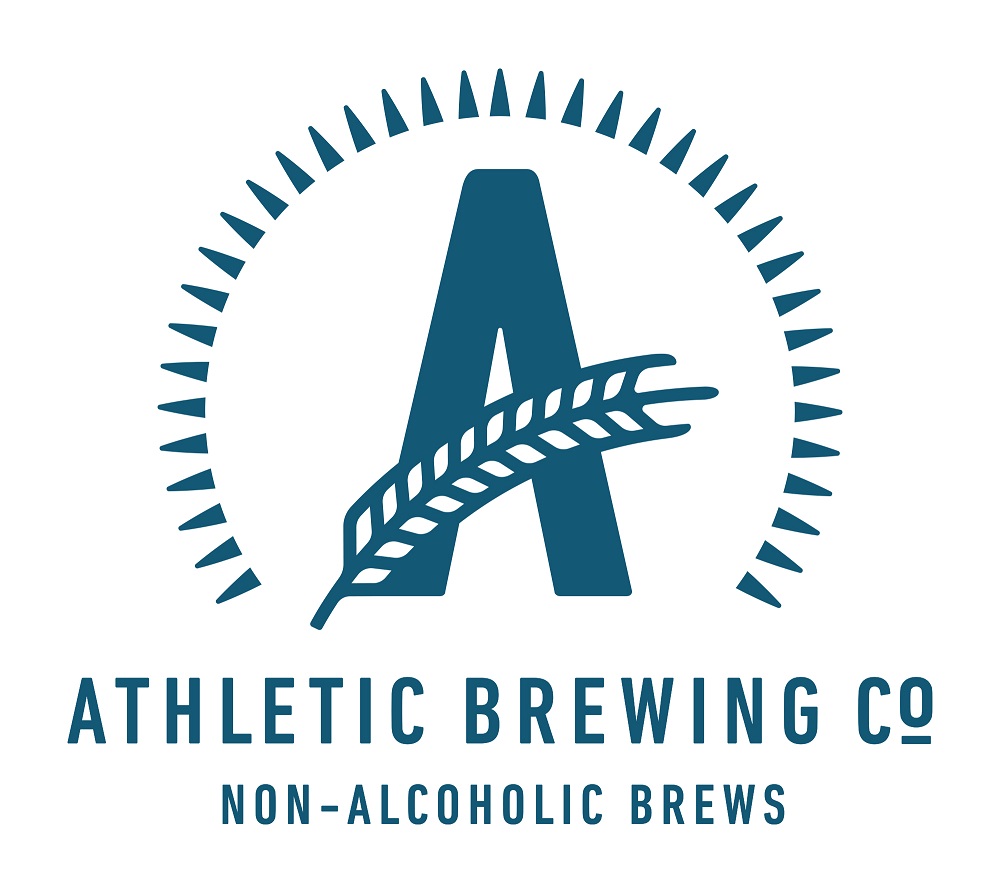
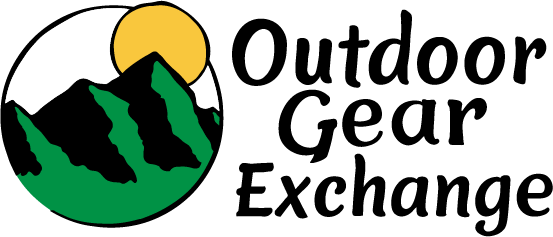
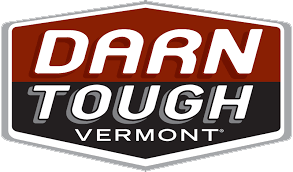
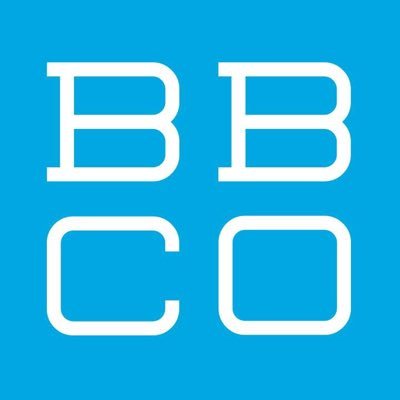
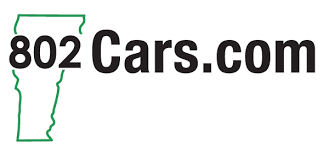











[…] they see everything in the privy… including any and all trash thrown in. (You can read here about how trash complicates privy maintenance.) We’ll tell you what the most common found items […]